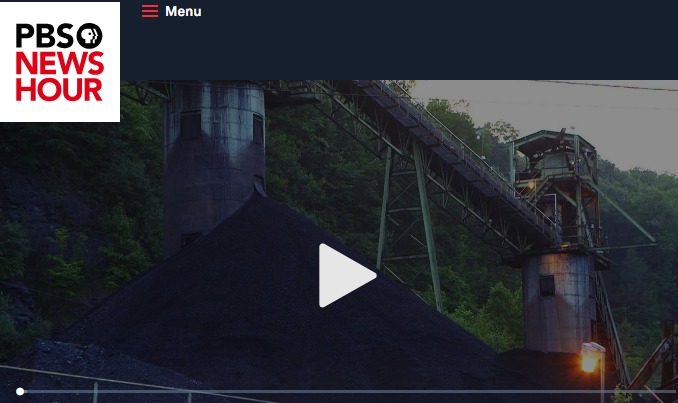
We often use the black humor that “our electeds treat Sea-Tac Airport like electeds in West Virginia treat coal miners.” And this article shows exactly what we mean.
The best we can seem to do for coal miners is to do something called ‘mitigation’, ie. treating their symptoms. Miners routinely kill themselves to feed their families. Literally.
What this article points out explicitly is how both industry and electeds routinely conspire to prevent regulation far upstream. It’s cheaper to spend millions (or even billions) on health care for workers or masks than to make the mines safe. In fact, it can make for some really great PR.
It’s the cost of doing business. Since the mines were able to avoid paying the cost of externalities (which get sloughed off on government in terms of gargantuan human services spending) they will grudgingly provide mitigations.
The common sense approach would be for unions and electeds to insist on doing accurate sampling of various pollutants and then create regulatory standards. The down side being, that the industry would no longer be profitable. It must be subsidized–on the health of workers. And that is why industry fights it–more often than not, with the cooperation of the people they are harming most. All they have to do is use phrases like “jobs” and “culture” to shut down common sense.
Sea-Tac Airport is in something like the same boat. Electeds and industry have worked for decades to avoid rigorous data collection because if there was the kind of data that is required to meet a regulatory standard for various pollutants, it would be impossible to ignore. The industry and the Port (which is to say King County and the State writ large) won’t stand for it.
Activists will scream, the time for studies is over! And electeds yell, Damned right! When in fact, people who know what they’re talking about realize that the time for hard data collection is actually now.
Incomplete science is a tool to slow walk regulatory authority.
In 1976, the Sea-Tac Communities Plan proposed six fixed-site air quality stations around the airport. In 2023 we will get the first. In 2023 we will get the first. One is not six. Some will hail it as some great leap forward. Others will say that is good enough–and perhaps we’ll add more–in a few years. But no one will complain because who wants to sound ungrateful?
In 2016, the Port held a Roundtable to discuss all the FAA money that could be used to conduct more studies. That was seven years ago.
If we had sited those air quality monitoring stations in 1976 we would have the data to get to regulatory authority today. Forty years later, in 2016, we could also have done the same. But somehow, we never do.
In their audit of the The Sea-Tac Communities Plan, Peat, Marwick said it quite well:
“…what may be termed a “let them sue” approach was essentially followed by the Port during the period from 1957 to 1972.”
The Sea-Tac Communities Plan was meant to put an end to that. But surely, both the Port and the industry must have found it easier to subvert the notion of proper regulation and go back to business as usual, which is where we are today. Let them sue.
It is interesting to note that many schools who were offered chances to participate in the University of Washington Healthy Air, Healthy Schools program declined to do so. Read that again: Public Schools declined to participate in a program to monitor both the indoor and outdoor air quality of their schools with the goal of providing better air quality and better long term health outcomes for their students. You can’t get more West Virginia than that.
The coal industry learned how to slow walk environmental regulation, just as the auto industry did with lead. It is relatively easy to keep doing business as usual simply by not doing the bread and butter data sampling we now take for granted with our drinking water.
